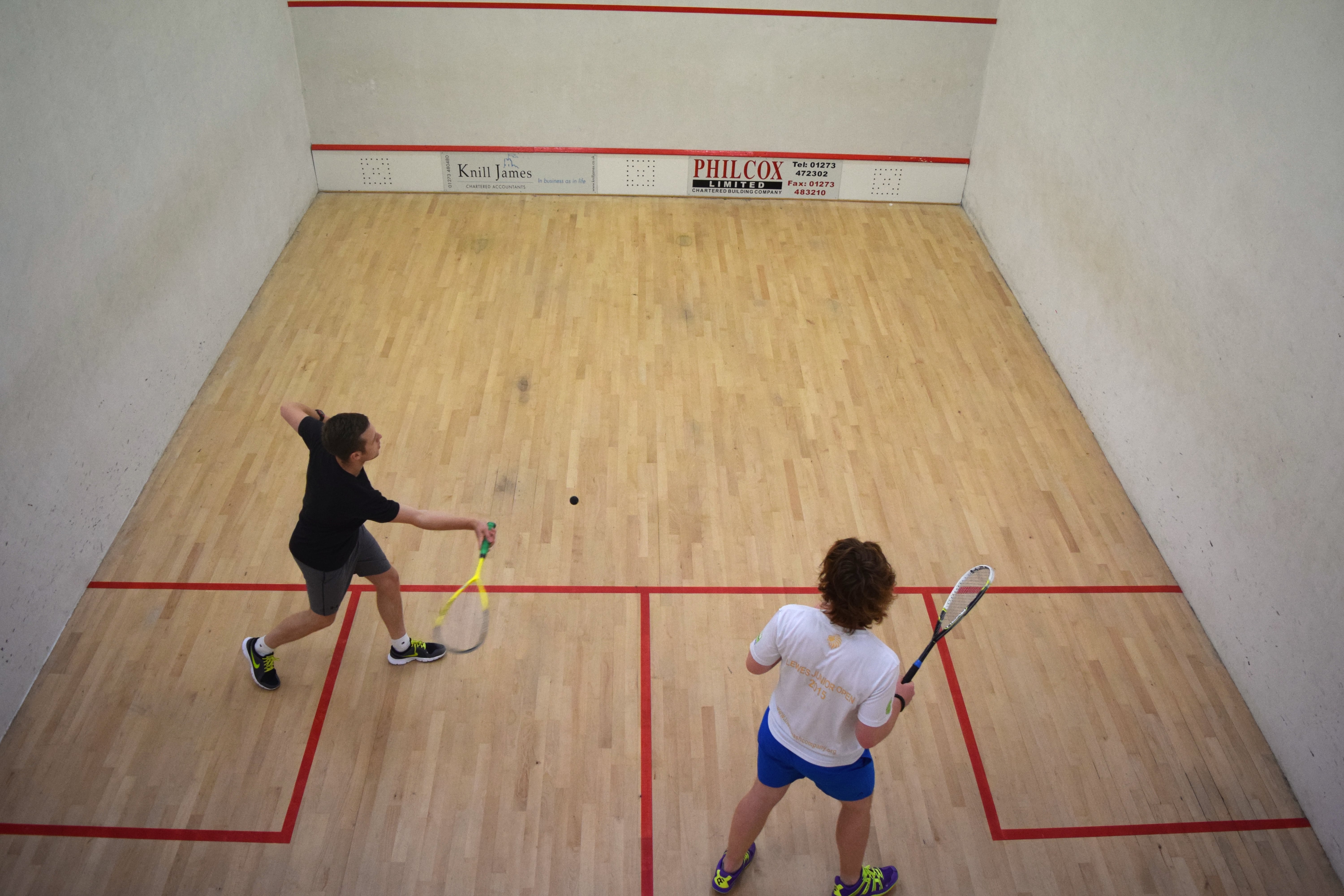Vary your serve to disrupt your opponent’s momentum with your service in squash.
When it comes to practice and training in squash, serves are almost always neglected. Think about it: this is absurd. The serve begins the rally. It is possibly the most important shot in the game; it determines whether you will be on the front foot or the back foot at the start of the rally, which often defines the course of that rally.
The serve is also unique. Unlike any other shot in the game, you can take your time with a serve. You can take a few seconds to pick your spot and line up your shot and that little bit of thinking time can be crucial.
My question to you is do you vary your service? Most players tend to have one serve they favour the majority of the time they serve, usually either a smash serve (a fast, low serve) or a lob serve (slow, high serve).
Whilst serving doesn’t directly provide points in the same way it does in sports like Tennis, we all have experienced a player with a tricky serve that makes life uncomfortable for us. Often it is the older gentleman with the awkward lob serve that seems to just drop in the back corner never to be seen again. Even against these lob serve merchants though, we gradually adapt. We get to the stage where we are able to handle and deal with their serves. We might not like it but we are able to eventually produce efficient returns, unless there is a gulf in playing standard.
No matter how good your serve, if it becomes predictable, people will learn to deal with it. Of course, if you have a great lob service, you should make it the staple of your service game but every now and then, throw in a few smash or body serves just as your opponent is starting to come to grips with the height and pace.
If you watch your opponent’s positioning as they await your serve, you will notice it is very pragmatic. They will adjust based on your most recent service patterns. If you have been serving high and slow, they may push forward looking to volley it high up or they may drop back looking to take it lower if they have been struggling to cope with the height of the ball.
No matter how good your serve, if it becomes predictable, people will learn to deal with it. Of course, if you have a great lob service, you should make it the staple of your service game but every now and then, throw in a few smash or body serves just as your opponent is starting to come to grips with the height and pace.”
Look for these subtle adjustments and when you spot them, change your serve again to catch your opponent cold. The aim is to keep pulling the rug from under their feet every time they think they are getting a stable footing with your serve. This can keep them perpetually defending with their first shot of the game, which is a massive advantage for you. An old adversary of mine saw me moving too early preparing for a volley return on my forehand and so he used to elect to serve to my forehand first and drill the serve down the middle and it caught me out. It just goes to show you need to consider the angle of your serve based on your opponent’s positioning and vary it accordingly.
It is particularly important you vary your serve against players who look to win points regularly with their serve return. These are typically players with a strong drop volley or nick-shot and are often able to score several points a game with their shot. If you keep varying your serve and use a good dose of all of the three major types of serve – the lob, smash and body (when the serve is played down the middle towards your opponent) – you will severely limit this weapon and frustrate them. It disrupts their rhythm, as a few awkward serves can lead to a few scrappy rallies and cheap points, which can derail an opponent who previously had the momentum.
In the post ‘Which side should you serve to first?’, we discuss another thing you can do to vary your serve, which is serving to different sides to gain an advantage. Give it a go! See what benefits can be had from trying to vary your serve.

